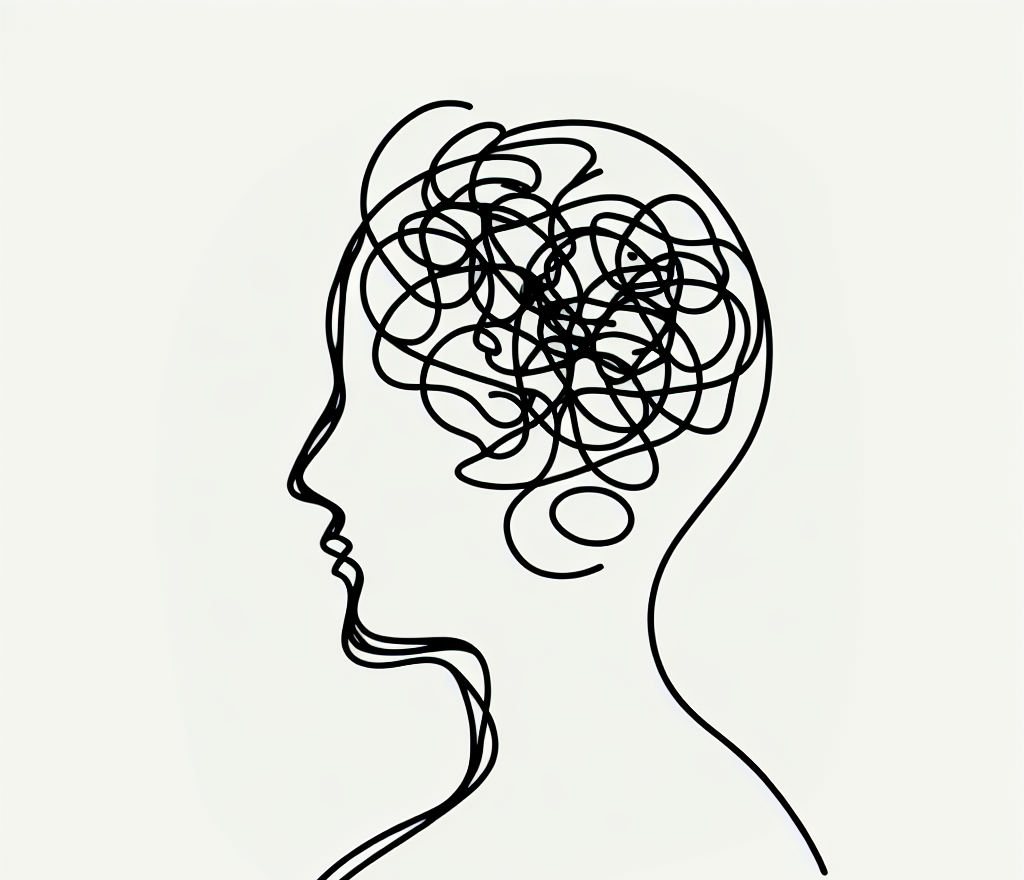
The Danish Employers’ Association (DA) and the Trade Union Movement’s Main Organization (FH) have agreed on a new model for parental leave. The new model will mean, among other things, that 11 weeks of parental leave will be earmarked for each parent. The background to the agreement follows from the 2019 EU directive, which requires member states to ensure a minimum of two months of earmarked parental leave for each parent.
Leave Directive
The Directive of the European Parliament and of the Council on work-life balance for parents and carers of 20 June 2019 (the Leave Directive) aims to promote gender equality and a better work-life balance for parents and carers. Directives are typically implemented by either national law or collective agreement and the Leave Directive must be implemented by 2 August 2022.
The Leave Directive strengthens the current EU provisions and gives the individual right to 4 months of parental leave, from which 2 months are non-transferable between the parents and is paid.
Employees exercising their right to parental leave under the Leave Directive are entitled to a salary or benefit as determined by the individual Member State or the social partners, which should be determined in such a way as to facilitate the take-up of parental leave by both parents.
The Leave Directive also gives employees the right to five unpaid working days a year as carers leave, which can be used by the employee to provide personal care or support to a relatives or person living in the same household as the employee and who needs significant care or support.
According to the Leave Directive, employees with children also have the right to request flexible working arrangements, including remote working, flexible working hours or reduced working hours.
Model agreement
DA and FH have published a model agreement based on the provisions of the Leave Directive.
The model agreement is a proposal to the Ministry of Employment, which must be translated into a bill.
The model proposed by DA and FH contains the following framework for leave:
Mothers:
Fathers:
5 weeks of parental leave that can be transferred and held until the child reaches the age of 9
The model differs from the current rules in that a total of 11 weeks of parental leave (for the mother 2 weeks of “compulsory leave” and 9 weeks of parental leave and for the father 2 weeks of paternity leave and 9 weeks of parental leave) is earmarked for each parent which cannot be transferred.
The model also provides for an equal division of leave after birth, where the father and mother can each take a total of 24 weeks’ leave.
Pursuant to the model, the mother will have the opportunity to transfer a total of 13 weeks to the father, and the father will have the opportunity to transfer 13 weeks to the mother. If the father chooses to transfer his 13 weeks to the mother, the mother can take 41 weeks ‘leave, including the 4 weeks’ maternity leave. If the mother chooses to transfer the 13 transferable weeks to the father, the father can take 37 weeks of leave after the birth.
Payment
The model does not take a separate position on payment in connection with leave, however, it appears from DA and FH’s press release that the father and mother can each take a total of 24 weeks of leave with benefits, if the parents do not agree an alternative leave pattern.
Section 7 of the Salaried Employees Act gives female employees covered by the Salaried Employees Act the right to half pay for 4 weeks before the expected birth (term) and 14 weeks after the birth. The Salaried Employees Act does not contain any rules on the right of male employees to pay in connection with the birth of a child.
The Maternity / Paternity Leave Act (the Maternity Act) ensures parents the right to maternity / paternity benefits during absence in connection with pregnancy, birth and adoption, etc., during the periods when the employer does not pay wages, provided the conditions for receiving maternity / paternity benefits are met.
According to the current maternity law provisions, the mother is entitled to unemployment benefits 4 weeks before the expected birth and for 14 weeks after the birth. The father can receive unemployment benefits during paternity leave for 2 weeks within the first 14 weeks after birth. The mother and father can together receive unemployment benefits for 32 weeks during parental leave.
In addition, many companies have a maternity policy, which means that employees are entitled to pay during leave. In many cases, the right to pay during leave (in addition to women’s right to half pay during leave under the Salaried Employees Act) will be conditional on the company receiving reimbursement from Udbetaling Danmark and Barsel.dk.
The model can be seen in its entirety via this link: https://da.dk/globalassets/l%C3%B8n-og-ans%C3%A6ttelse/model-barsel.pdf
Mette Klingsten can advise on the current and proposed amendments to the maternity and parental leave law and
can assist, amongst other things, with the preparation of maternity/family leave policies.



Thanks to the following contributors to the website: Steen Evald (photograph), Stine Heilmann (photograph), Count Pictures (video), Kunde & Co. A/S (design), WeCode A/S (coding)